The OnePlus 6T, released in November, follows hot on the heels of the OnePlus 6 released just this past May. In terms of camera hardware, there appear to be no changes to the new model: the OnePlus 6T comes with the same dual-camera setup as its older sibling — one that combines a 16Mp main camera with a 20Mp secondary module that is used for digital zooming, a simulated bokeh effect, and other computational imaging tasks.
The primary camera features a 1/2.55″ sensor and an f/1.7-aperture lens with optical image stabilization; the secondary camera uses a slightly smaller 1/2.8″ sensor and a non-stabilized f/1.7 lens; and as before with the OnePlus 6, both cameras come with lenses that have the same equivalent focal length of 25mm.
Other camera features include phase-detection autofocus and a twin LED flash. In video mode, the OnePlus 6T rear camera can record 4K video footage at 60 frames per second, with Super Slow Motion available at 1080p and 240fps, or 720p and 480fps. (As per our protocol, however, we test video only at the camera’s default setting of 1080p/30 fps.)
Users can compose and view images on the OnePlus 6T’s 6.41-inch AMOLED display with a wide 19.5:9 aspect ratio and 2340 x 1080 resolution. The device is powered by Qualcomm’s top-end Snapdragon 845 chipset and up to 8GB of RAM.
While there may not be any changes to the hardware, our tests show that firmware changes inside the 6T have for the most part resulted in improved performance over its predecessor, the OnePlus 6. Read on for more details.
Key camera specifications:
- Dual-camera setup
- 16Mp main camera with 1/2.6″ sensor, f/1.7-aperture lens, and optical image stabilization
- 20 Mp secondary camera with f/1.7-aperture lens
- Phase-detection autofocus (PDAF)
- Twin LED flash
- 4K video at 30/60 fps
- 6.41-inch (16.28 cm) AMOLED edge-to-edge display
About DxOMark Mobile tests: For scoring and analysis in our smartphone camera reviews, DxOMark engineers capture and evaluate over 1500 test images and more than 2 hours of video both in controlled lab environments and in natural indoor and outdoor scenes, using the camera’s default settings. This article is designed to highlight the most important results of our testing. For more information about the DxOMark Mobile test protocol, click here. More details on how we score smartphone cameras are available here.
Test summary
The OnePlus 6T’s overall score of 98 points ties it up with the Google Pixel 2, which came out in fall 2017 and currently holds 10th place in our DxOMark Mobile rankings. The changes to the 6T’s firmware result in some mostly incremental improvements in its Photo sub-scores over its predecessor, the OnePlus 6, notably in terms of better dynamic range, detail preservation, and bokeh effect. All these improvements added up to a solid 101 points for Photo… just one point above the OnePlus 6.
Our testers liked the 6T’s wide dynamic range, pleasant colors, and good detail preservation in almost all tested conditions. The autofocus was always reliable and quick as well. When shooting with flash, skin tones are rendered nicely and the bokeh mode is capable of producing decent results. On the downside, zoom shots show less detail than with some competitors’ phones, and many HDR-shots show artifacts, such as ringing, ghosting, or halos.
The 6T’s Video sub-scores also show similar improvements almost across the board, particularly for exposure, color, autofocus, and stabilization, racking up 91 points to the OnePlus 6’s 87 points. In fact, the only area for both Photo and Video in which the OnePlus 6T did not improve over the OnePlus 6 — and in fact, shows a regression that affected its overall scores — is for Noise, which seems to have been the price OnePlus decided to pay in the short term for improved detail capture.
Overall, 6T video footage shows pleasant and vivid colors, good exposure, and a wide dynamic range. Video stabilization works efficiently and the autofocus is fast and accurate. We did observe some artifacts and a noticeable judder effect in video, however.
Photo scores explained
The OnePlus 6T’s Photo score of 101 is calculated from sub-scores in tests that examine different aspects of its performance under different lighting conditions. In this section, we’ll take a closer look at these image quality sub-scores.

Exposure and Contrast
OnePlus 6T
93
The OnePlus 6T’s images show very good target exposure and wide dynamic range in bright light and indoor conditions alike. As you can see in the comparison photos below, the 6T does good job of capturing detail in both the dark and light parts of the image, with particularly good detail displayed in the bright background.
The OnePlus 6T handles backlit scenes quite well, capturing background details while adequately lighting the subject’s face. Its capture of background details is on a level similar to the iPhone XS, but superior to that of the Galaxy Note 9.
In the extreme low-light (1 lux) scene below, the OnePlus 6T produces a perfectly usable image that is noticeably brighter than either the iPhone XS or the Galaxy Note 9.

Color
OnePlus 6T
83
Color is another area in which the OnePlus 6T performs well, with good saturation and vibrant colors, particularly in bright light. In terms of white balance, images tend to show a slight violet cast that can be a bit more noticeable in outdoor shots (including in our sample shot below), but it isn’t unpleasant.
A score of 100 is the highest that any smartphone camera can achieve for autofocus, and the OnePlus 6T’s superb PDAF system puts it in the “100 Club.” Autofocus is very fast and accurate in all light conditions and consistently achieves good focus. In the graph below, you can see that after defocusing the camera, the OnePlus 6T consistently found focus both after a short 500ms delay and a long 2000ms delay before triggering the shutter in low light (20 lux).
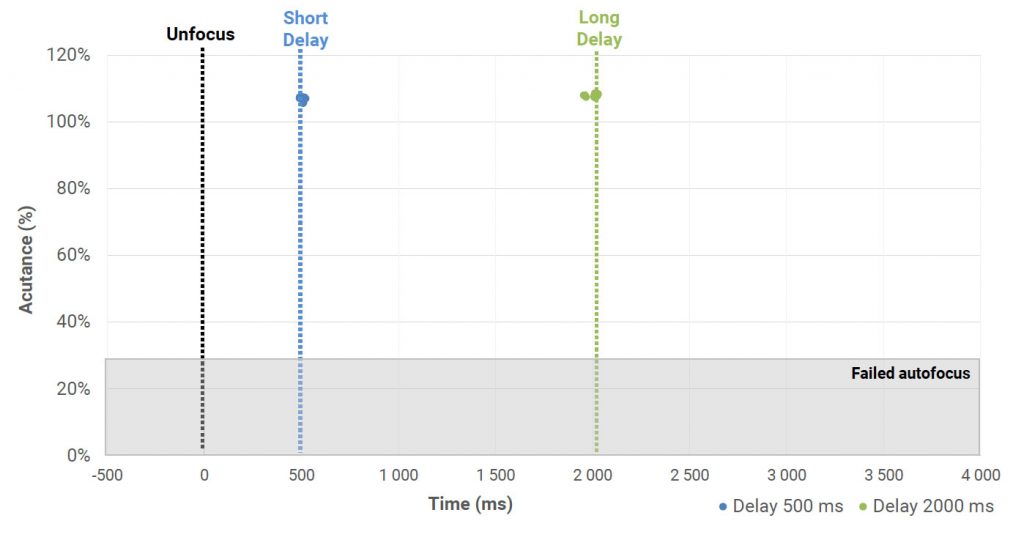

Noise
OnePlus 6T
64
Texture and Noise are strongly interdependent, and manufacturers are constantly seeking a good balance between these two image quality attributes. In the case of the OnePlus 6T, it shows a few points’ improvement in Texture over the OnePlus 6 (73 vs. 69), but this increase is offset by a reduction in its score for Noise (64 vs. 68).
As you can see in the sample below, the OnePlus 6T is capable of recording good detail in bright outdoor conditions, but on closer inspection, very strong sharpening becomes noticeable.
Results are similar for our studio comparison shots. The OnePlus image shows good detail, with crisp sharpening at a bright 1000 lux. In low light at 20 lux, details becomes a little softer, as you would expect, but textures are still rendered nicely, and the OnePlus compares well against its competitors.
On the downside, at 5 lux, noise levels in our 6T studio samples are higher than on iPhone XS and especially on the Galaxy Note 9, which captures visibly cleaner skin tones.
Fairly coarse noise can also be seen in uniform areas of the sky, particularly at 100%, as in the crop of the sample photo below.
The OnePlus 6T puts in a solid performance for Flash both when shooting in complete darkness and at a low light level of 5 lux. Its score is nearly on par with that of the Galaxy Note 9 (90 points), and far ahead of the iPhone XS (74). While there’s some vignetting and color quantization on the face when viewed at close range, the OnePlus 6T’s flash provides good exposure and avoids the annoying red-eye effect. There’s a bit of left-to-right color shading that goes from greenish to purple, but this is only faintly visible and not particularly troubling.

Artifacts
OnePlus 6T
71
The OnePlus 6T lost a few points due to artifacts — specifically, ringing, flare, color shift, and loss of acutance in the field. The sample image below shows a highly visible color shift in between the two upper rails (easily seen in the upper left corner of the crop), and ringing is noticeable pretty much wherever there is a boundary between two high-contrast areas, such as the rails and the sky.
The OnePlus 6T also shows a loss of acutance in the field — that is, the farther away from the center you look, the softer the details appear, as shown in the upper left of the crop below.
Flare can also prove a big visual distraction when a light source is in the frame, such as in the example images below. In fairness, not all shots under similar conditions show flare, but when it occurs, it is very noticeable.

Zoom
OnePlus 6T
34
When it comes to zooming, unsurprisingly, the lack of a tele-lens as its secondary camera is a bit of a handicap for the 6T, especially when up against competitors whose dual-cam systems make optical zooming possible.
As with other smartphone cameras that rely on digital zoom, there’s rarely any way to get good quality above about 2x magnification at best. However, if you’re going to view a zoom shot on a smartphone screen or tablet, you probably won’t notice the lack of detail the way you would when viewing the image at 100% on on a large, high-res screen (such as shown in the crops below). This said, the lack of detail in the 6T’s shot of the giraffe makes both the full image as well as in the crop noticeably softer than the Note 9’s image.

Bokeh
OnePlus 6T
50
The OnePlus 6T’s dual-camera setup allows it to simulate a bokeh effect. However, as you can see in our example shot below (left), while it does a good job of focusing on the subject and applying a pleasing blur to the background, it does not blur the potted plant in the foreground as does the Galaxy Note 9 (below right). Both cameras have a hard time dealing with the subject’s hair (left side in particular), but the OnePlus 6T’s has noticeably more difficulty doing so.
Depth estimation errors can be a little more obvious in trickier scenes, as shown below. That said, nearly all smartphones with a bokeh feature have a hard time accurately rendering these kinds of details under such visually complex circumstances, and the OnePlus 6T frankly does a better job with this than some of its rivals with higher overall scores.
Video scores explained
The OnePlus 6T’s Video score of 91 represents an improvement over the OnePlus 6 (87 points). The overall Video score is derived from a number of sub-scores in the same way as the Photo score: Exposure and Contrast (86), Color (89), Autofocus (92), Texture (52), Noise (68), Artifacts (73), and Stabilization (88).
At its default settings (1080p, 30 fps), video mode produces very good results in bright light, with wide dynamic range, vivid colors, accurate white balance, and high levels of detail. In addition, the autofocus is fast and accurate, and the image stabilization system works very efficiently to counteract hand shake and other high-frequency motion.
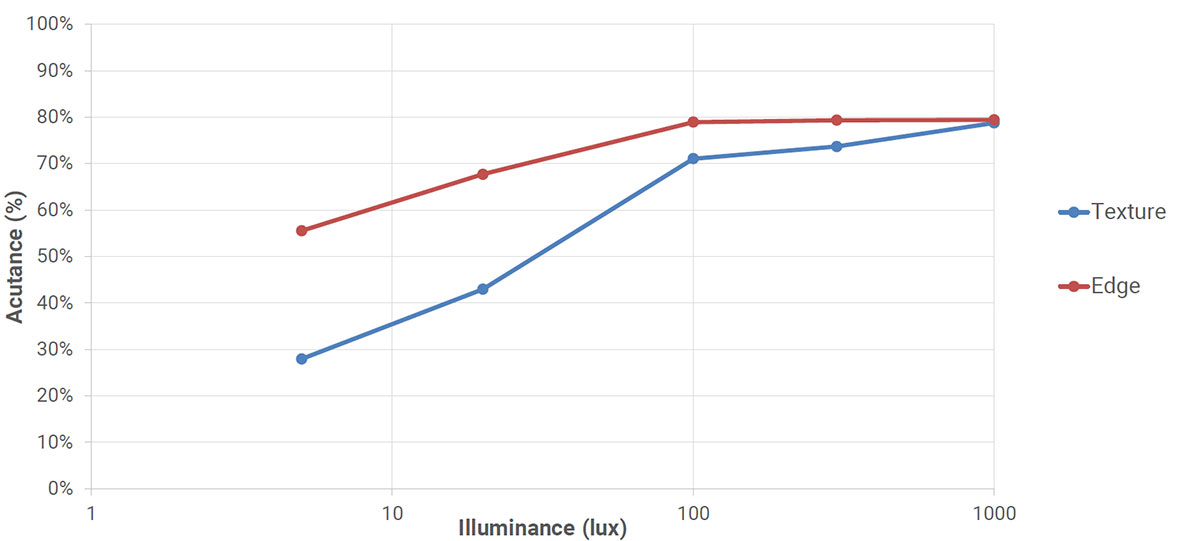
However, the OnePlus 6T struggles with texture preservation and noise, particularly in indoor conditions and low light, and also with artifacts — this last consisting mostly of noisy edges. Moreover, our engineers observed a somewhat disconcerting effect during playback: when you change direction when shooting, the resulting motion is abrupt and jerky, and textured areas (such as vegetation) appear to be in motion, rather than the camera.
Conclusion
The OnePlus 6T has a very respectable smartphone camera, performing as well in most categories as some of the highest-ranked phones in our database — and even surpassing their performance in a few areas. In addition to outstanding autofocus for stills, the OnePlus 6T has excellent exposure and color, and very good flash performance.
Its biggest drawbacks are its lack of optical zoom, problems with noise in low light, and some artifacts. With the exception of noise control, however, the 6T represents an improvement over its older sibling, the OnePlus 6; in short, the OnePlus 6T is a good choice as a top-end smartphone that will not cost you a fortune.


Pros
-
Very good autofocus
-
Very good dynamic range, particularly in outdoor conditions
-
Good and repeatable target exposure
- Good detail across all conditions
-
Good depth estimation in bokeh mode
Pros
-
Pleasant and vivid colors
-
Good target exposure and dynamic range in indoor and outdoor conditions
-
Fast and accurate autofocus
- Efficient stabilization
Cons
-
Violet white balance casts in all tested conditions
-
Ringing, ghosting, halos and color inconsistency in high dynamic scenes
-
Coarse noise sometimes visible in low-light and in the sky
-
Low level of detail in zoom shots
-
Blur artifacts on moving objects in bokeh mode
Cons
-
Abrupt direction changes in video movements
-
Textured areas sometimes move independently from others
- Judder effect when panning


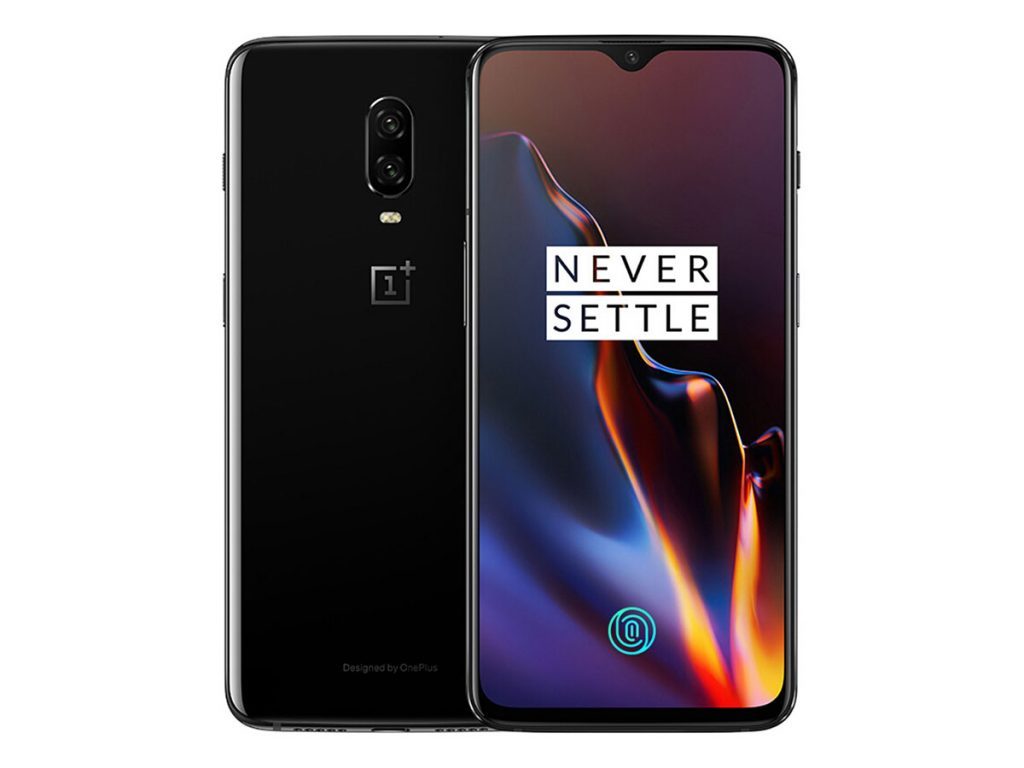



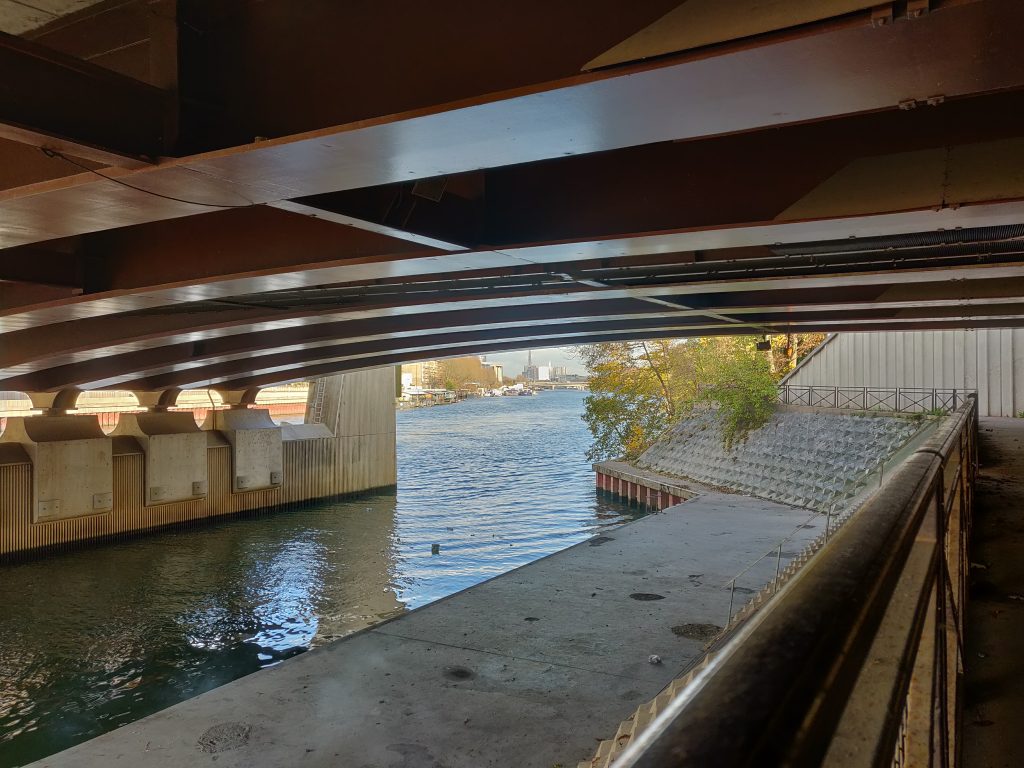
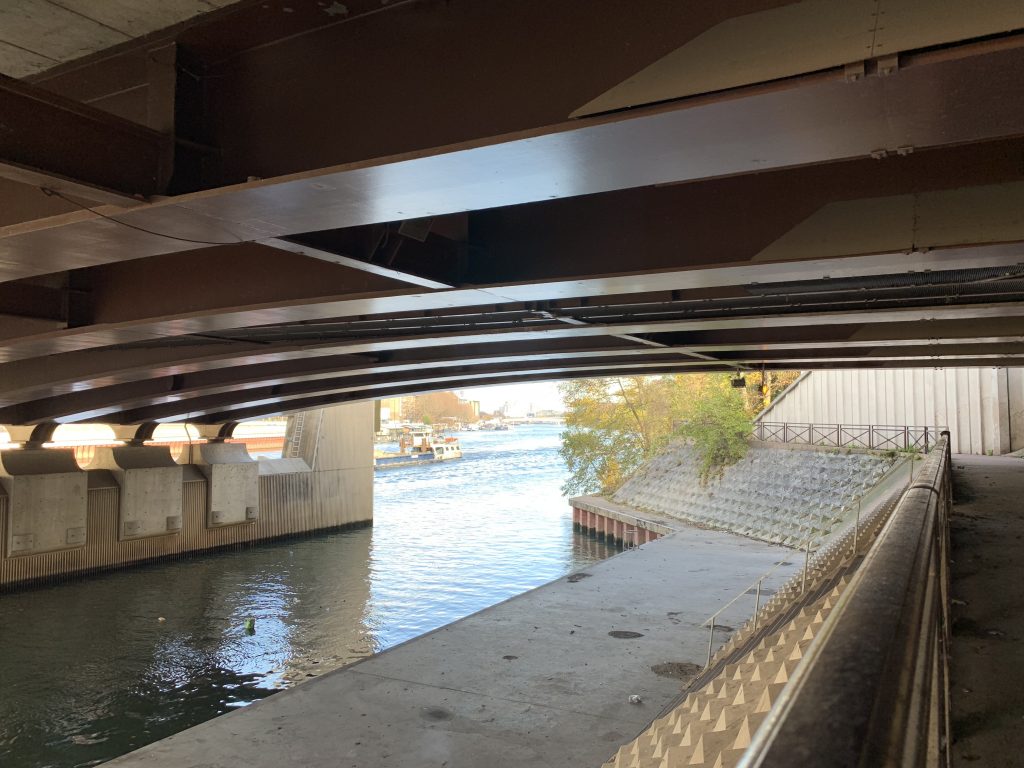

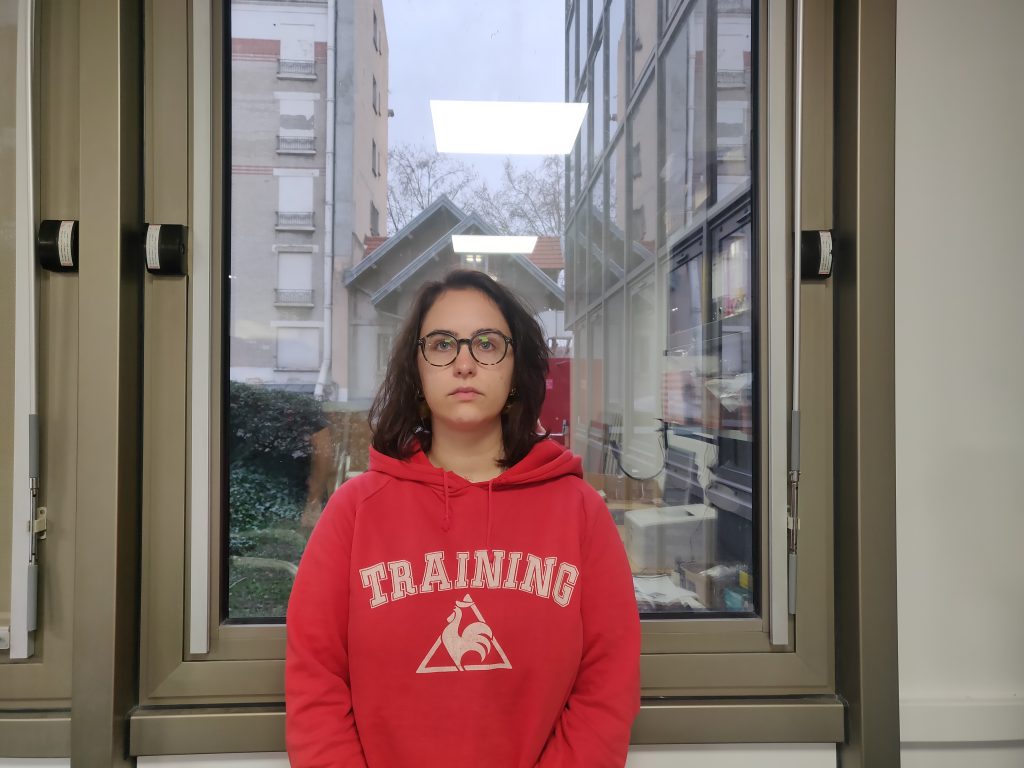
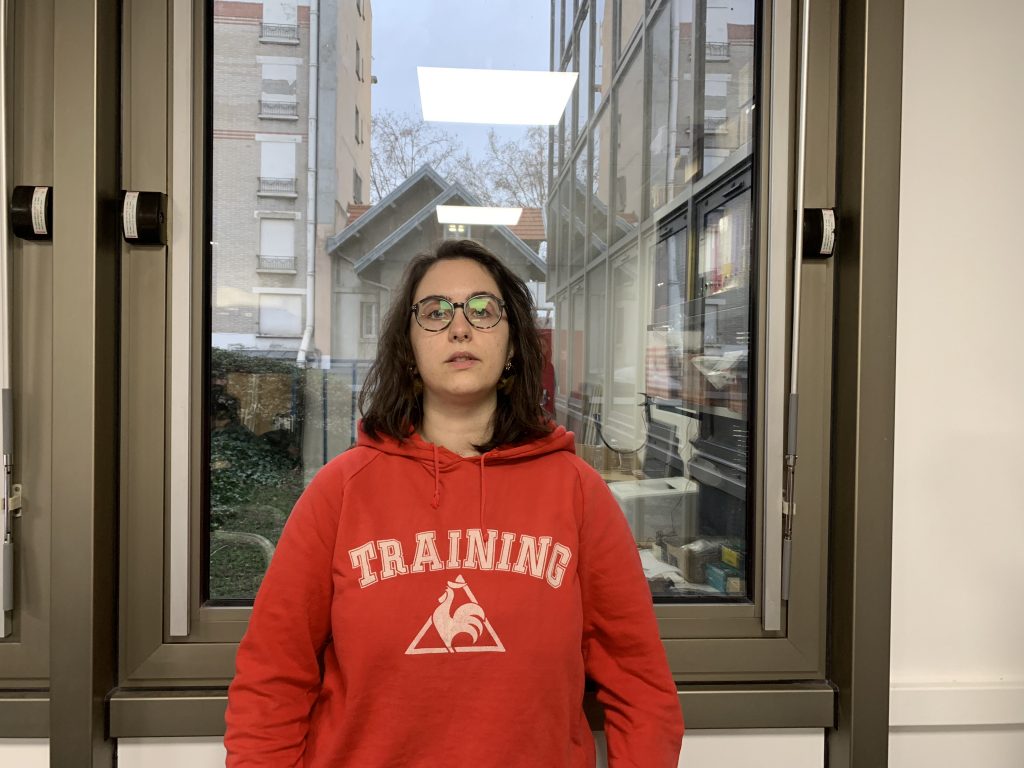




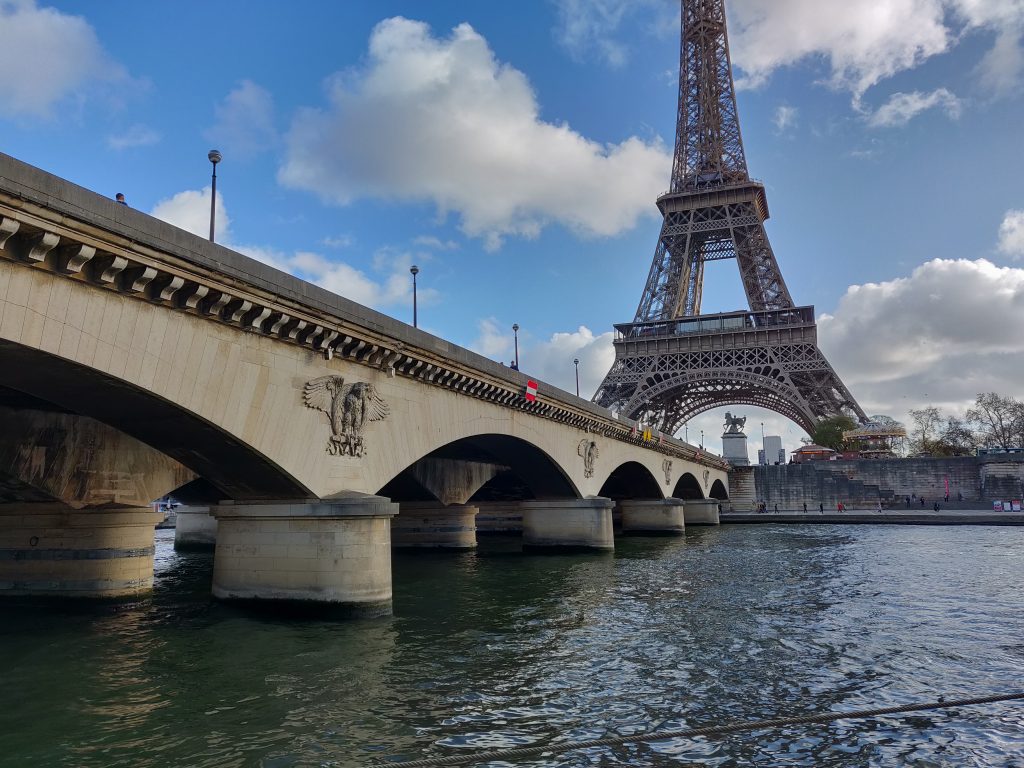




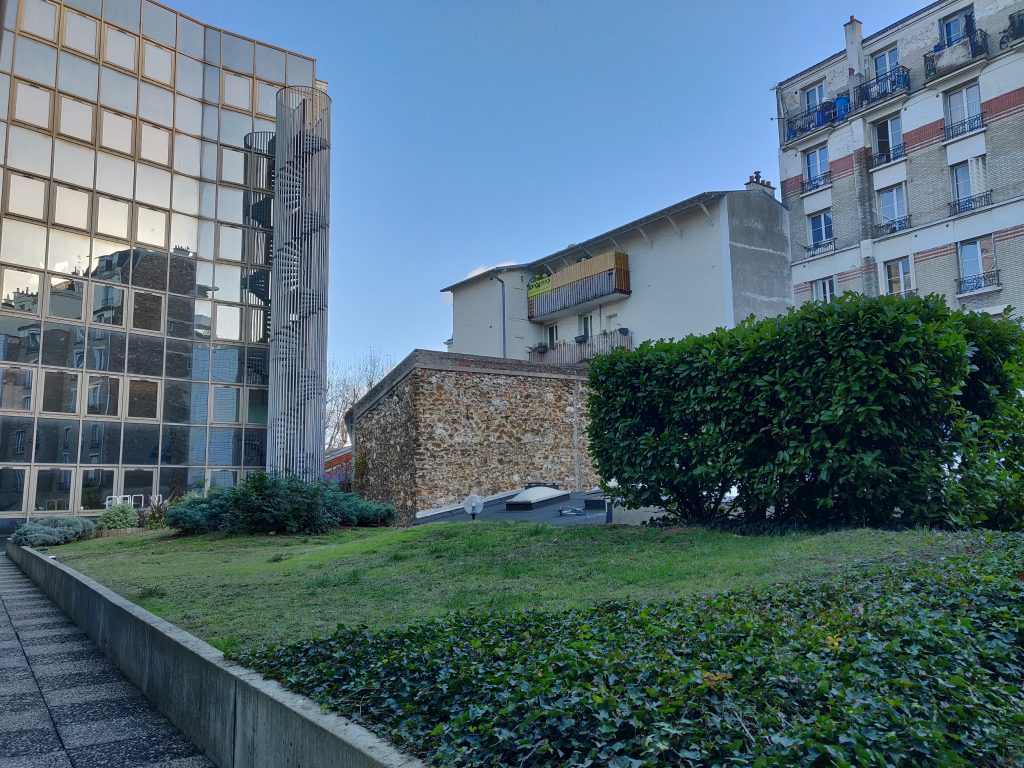

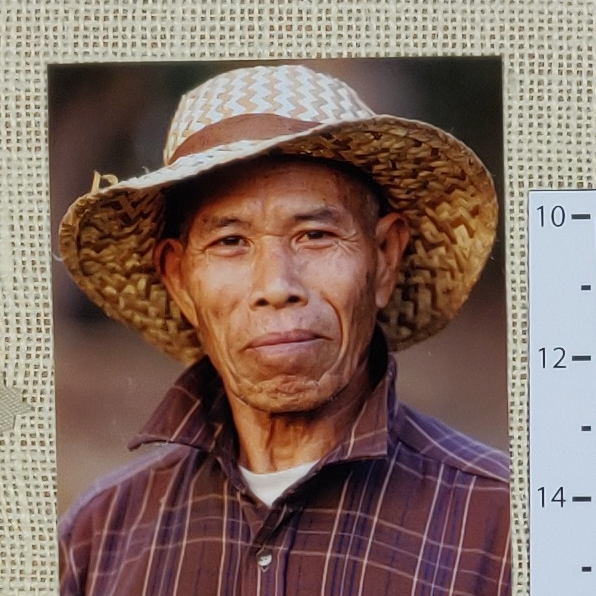
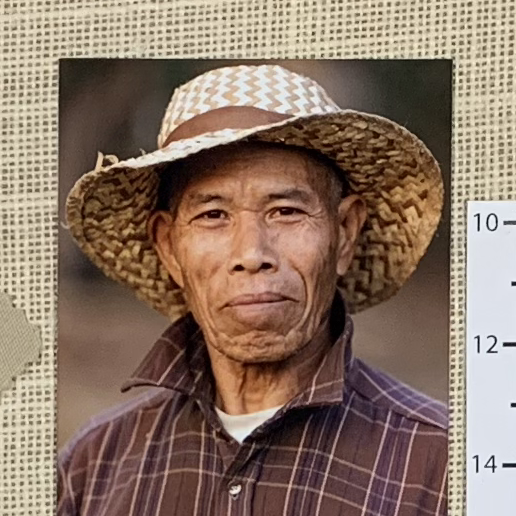

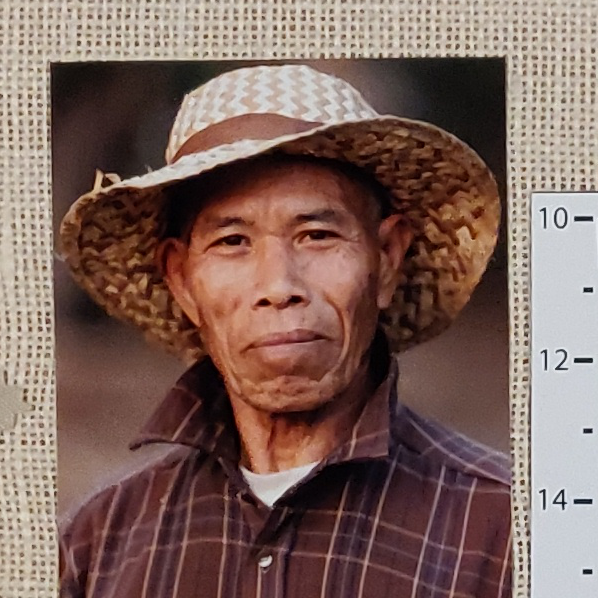





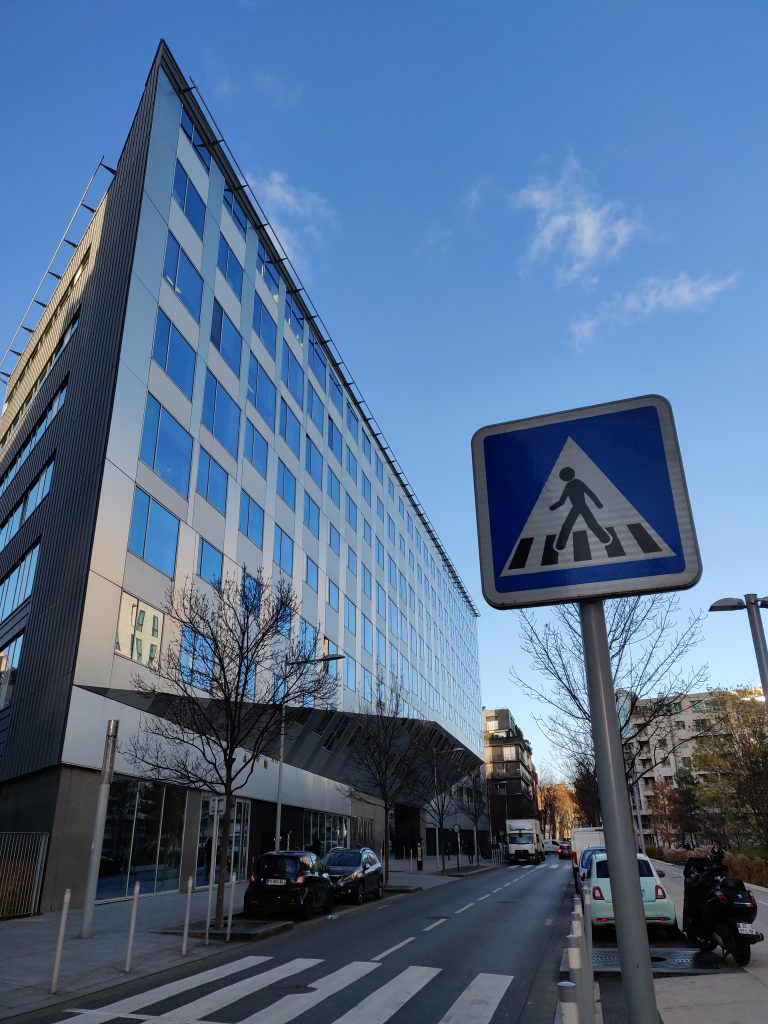
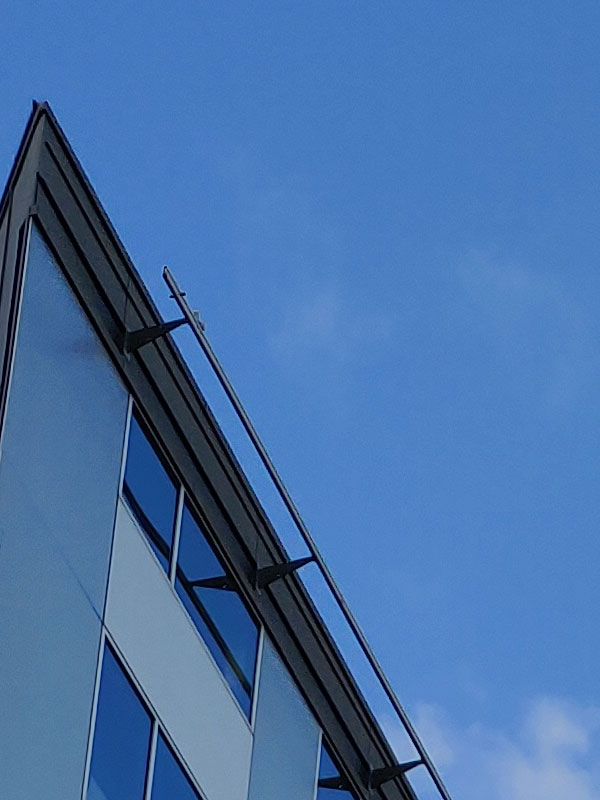



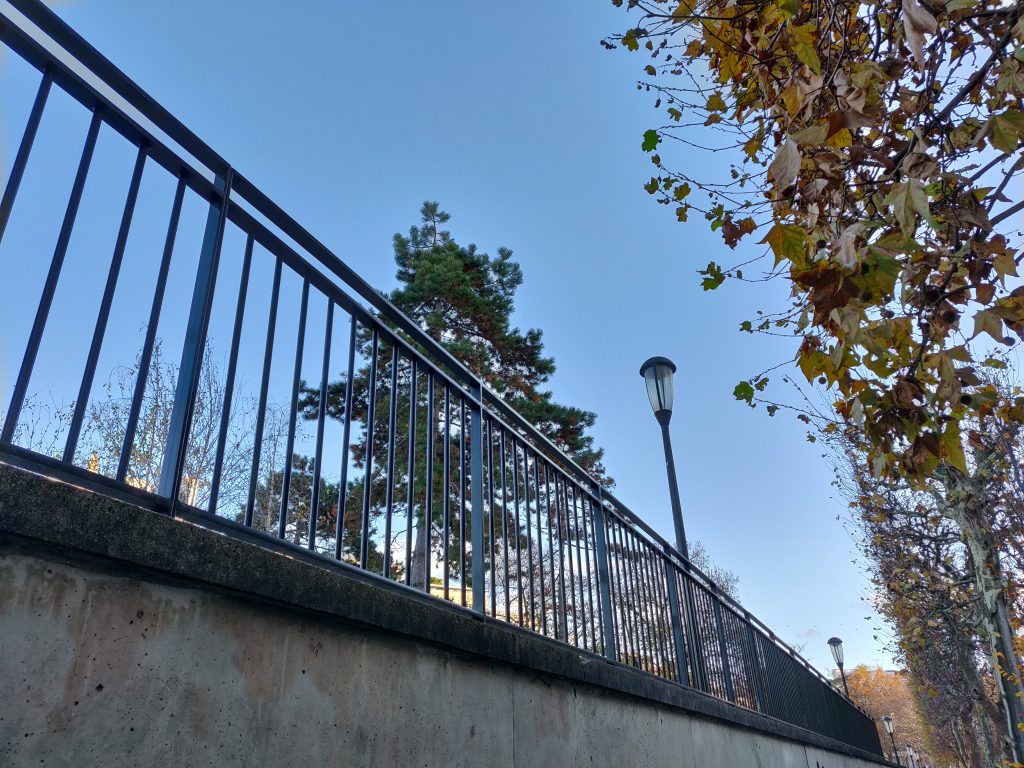
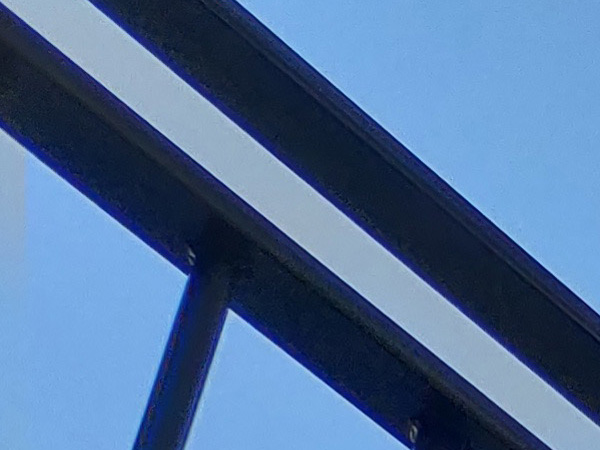
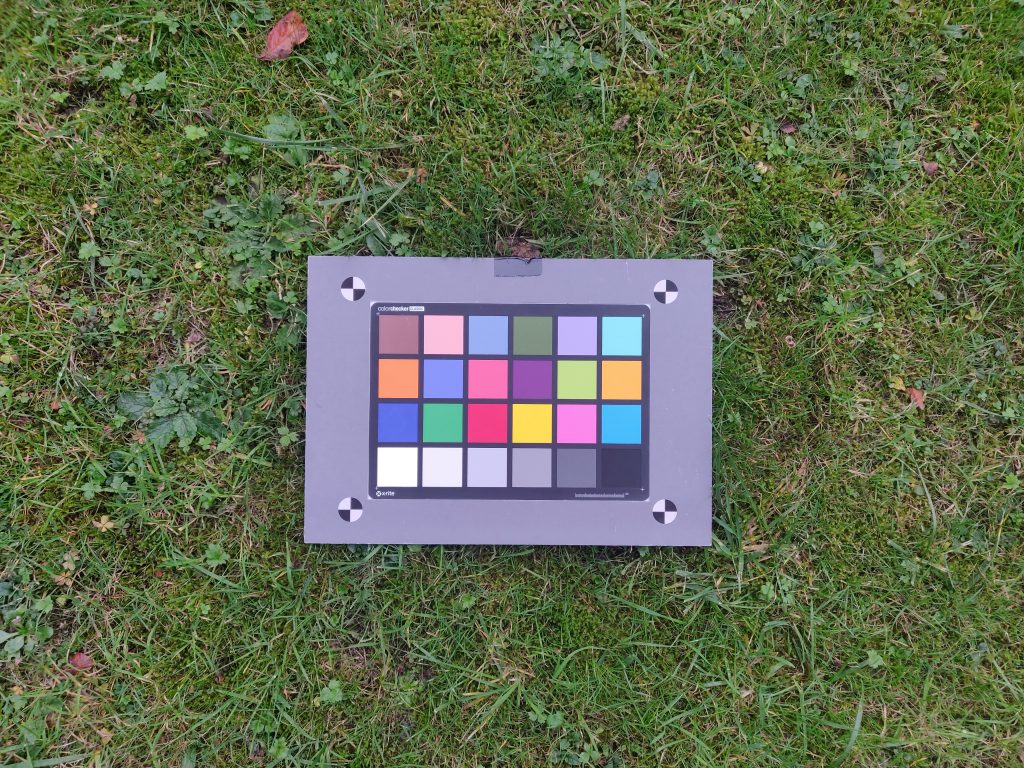

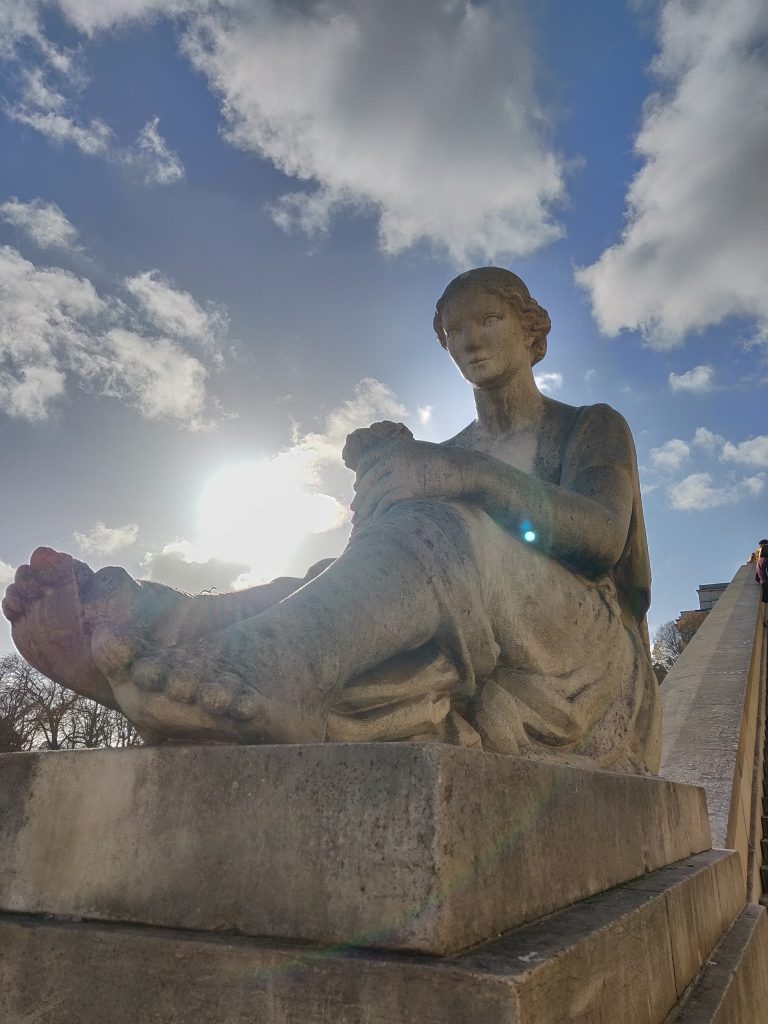
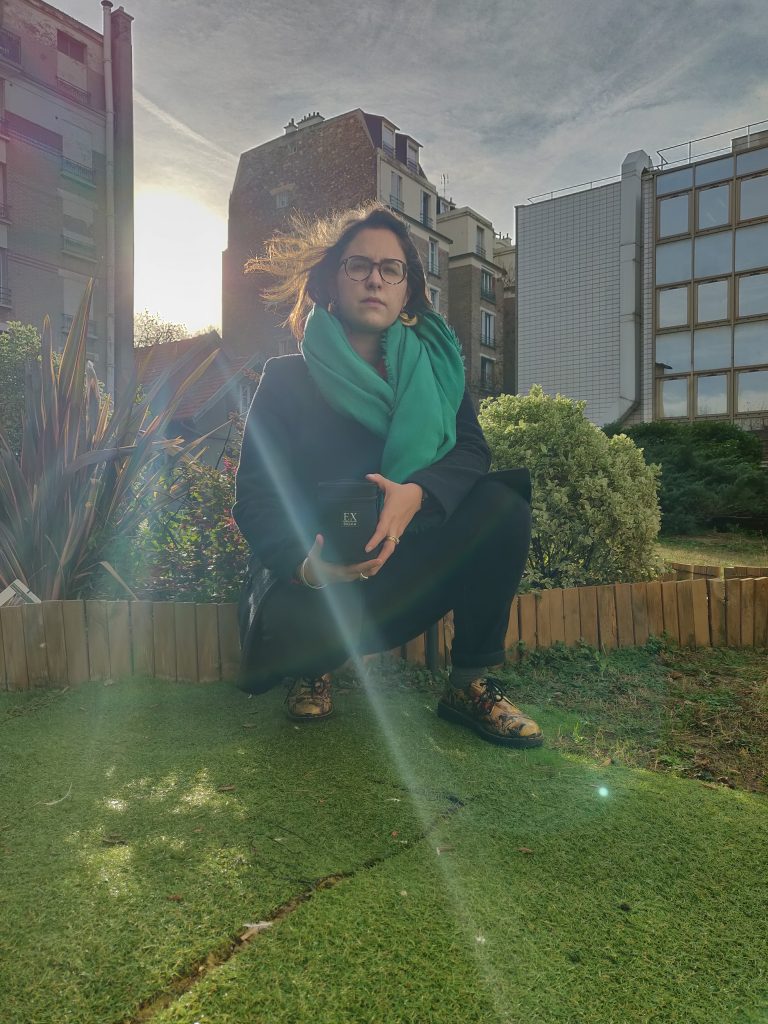
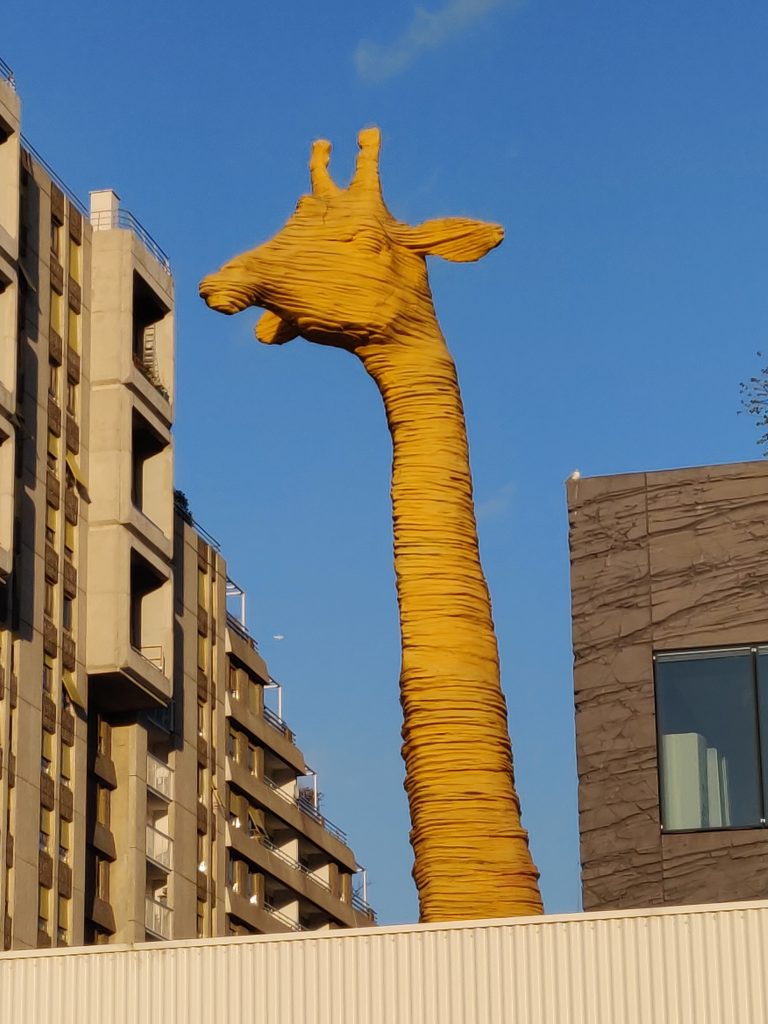
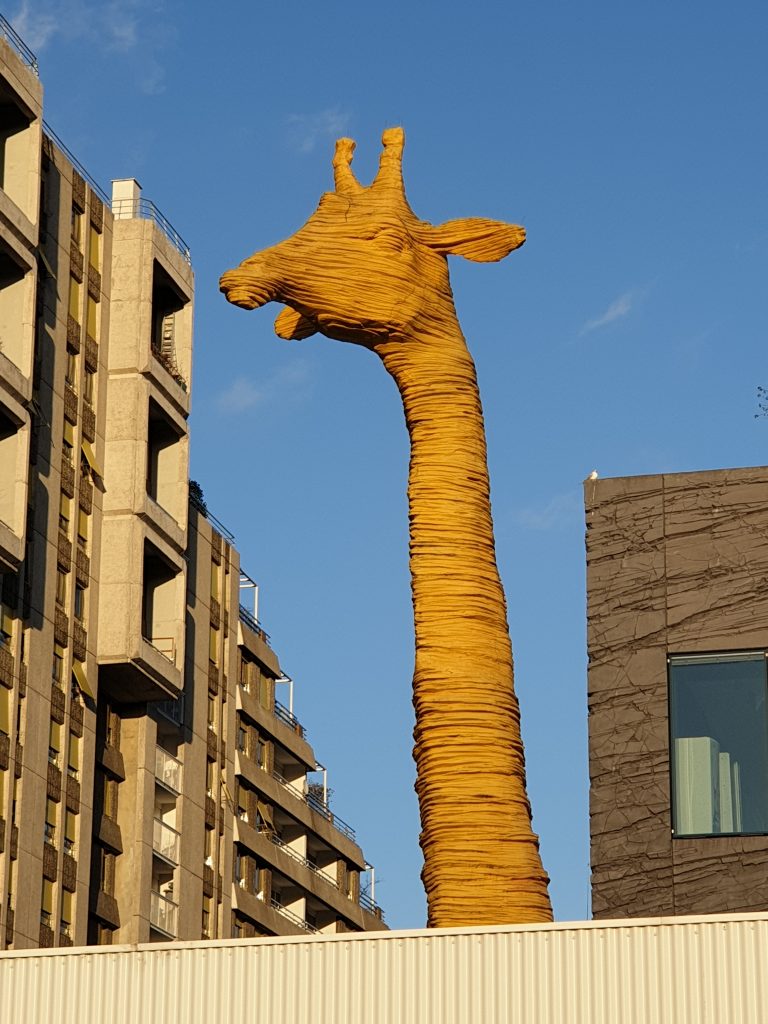
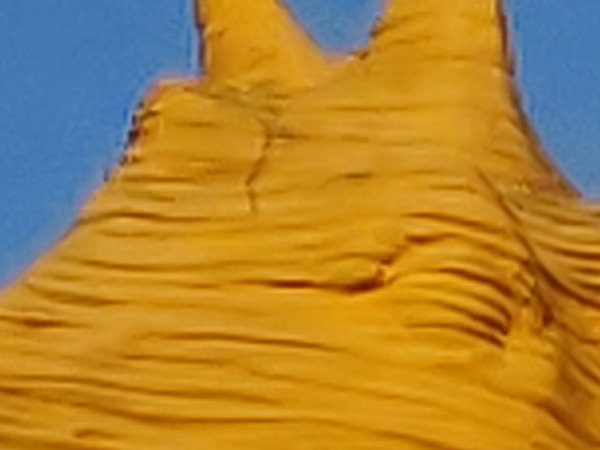




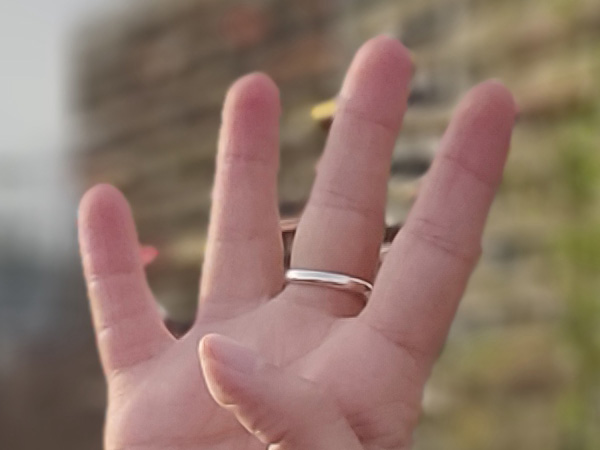




DXOMARK encourages its readers to share comments on the articles. To read or post comments, Disqus cookies are required. Change your Cookies Preferences and read more about our Comment Policy.